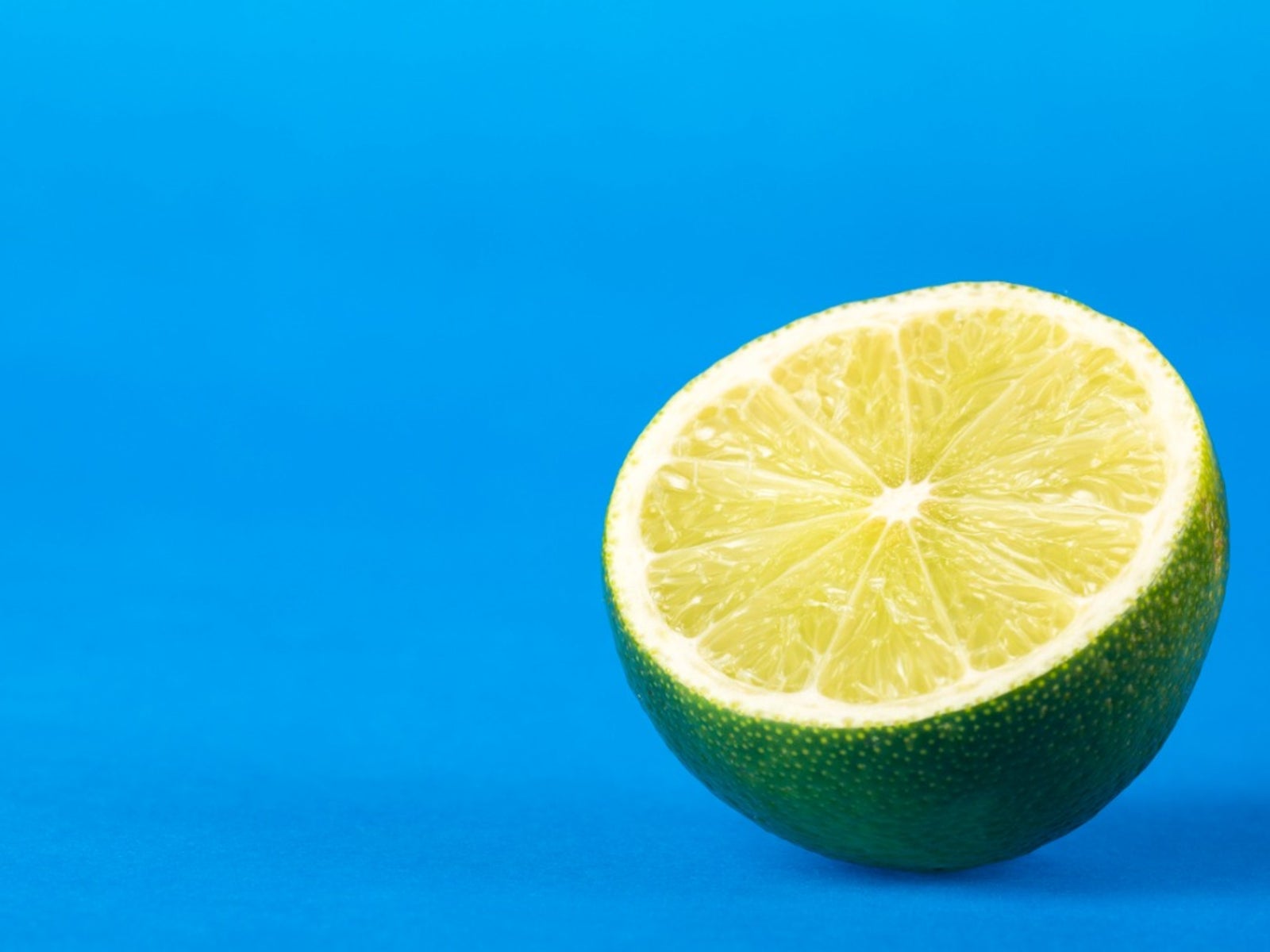Persian Lime Care - How To Grow A Tahiti Persian Lime Tree

The Tahiti Persian lime tree (Citrus latifolia) is a bit of a mystery. Sure, it's a producer of lime green citrus fruit, but what else do we know about this member of the family Rutaceae? Let's find out more about growing Tahiti Persian limes.
What Is a Tahiti Lime Tree?
The genesis of the Tahiti lime tree is a bit nebulous. Recent genetic testing indicates that the Tahiti Persian lime hails from southeast Asia, in east and northeastern India, north Burma, and southwest China and east through the Malay Archipelago. Akin to the key lime, Tahiti Persian limes are undoubtedly a tri-hybrid composed of citron (Citrus medica), pummelo (Citrus grandis), and a micro-citrus specimen (Citrus micrantha) creating a triploid. The Tahiti Persian lime tree was first discovered in the U.S. growing in a California garden and is thought to have been brought here between 1850 and 1880. The Tahiti Persian lime was growing in Florida by 1883 and commercially produced there by 1887, although today most lime growers plant Mexican limes for commercial uses. Today the Tahiti lime, or Persian lime tree, is primarily grown in Mexico for commercial export and other warm, subtropical countries such as Cuba, Guatemala, Honduras, El Salvador, Egypt, Israel, and Brazil.
Persian Lime Care
Growing Tahiti Persian limes require not only a semi to tropical climate, but well drained soil to prevent root rot, and a healthy nursery specimen. Persian lime trees do not require pollination to set fruit and are more cold hardy than the Mexican lime and key lime. However, damage to the Tahiti Persian lime tree leaves will occur when temperatures drop below 28 degrees F. (-3 C.), trunk damage at 26 degrees F. (-3 C.), and death below 24 degrees F. (-4 C.). Additional lime care may include fertilization. Growing Tahiti Persian limes should be fertilized every two to three months with ¼ pound fertilizer increasing to one pound per tree. Once established, the fertilizing schedule may be adjusted to three or four applications per year following manufacturer instructions for the increasing size of the tree. A fertilizer mixture of 6 to 10 percent of each nitrogen, potash, phosphorus and 4 to 6 percent magnesium for the young growing Tahiti Persian limes and for bearing trees increasing the potash to 9 to 15 percent and reducing the phosphoric acid to 2 to 4 percent. Fertilize beginning late spring through the summer.
Planting Tahiti Persian Lime trees
Planting location for the Persian lime tree is dependent on the soil type, fertility, and gardening expertise of the home gardener. Generally growing Tahiti Persian limes should be situated in full sun, 15 to 20 feet (4.5-6 m.) away from buildings or other trees and preferably planted in well drained soil. First, choose a healthy tree from a reputable nursery to ensure that it is disease free. Avoid large plants in small containers, as they may be root bound and instead choose a smaller tree in a 3-gallon container. Water prior to planting and plant the lime tree in early spring or anytime if your climate is consistently warm. Avoid damp areas or those that flood or retain water as the Tahiti Persian lime tree is prone to root rot. Mound the soil up instead of leaving any depression, which would retain water. By following the above instructions, you should have a lovely citrus tree eventually attaining a spread of about 20 feet (6 m.) with a dense low canopy of deep green leaves. Your Persian lime tree will flower from February to April (in very warm areas, sometimes all year) in clusters of five to ten blooms and the following fruit production should occur within a 90 to 120 day period. The resulting 2 ¼ to 2 ¾ inch (6-7 cm.) fruit will be seedless unless planted around other citrus trees, in which case it may have a few seeds. Pruning of the Persian lime tree is limited and need only be utilized to remove disease and maintain a picking height of 6 to 8 feet (2 m.).
Sign up for the Gardening Know How newsletter today and receive a free copy of our e-book "How to Grow Delicious Tomatoes".

Amy Grant has been gardening for 30 years and writing for 15. A professional chef and caterer, Amy's area of expertise is culinary gardening.
